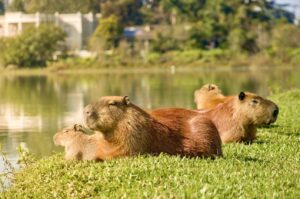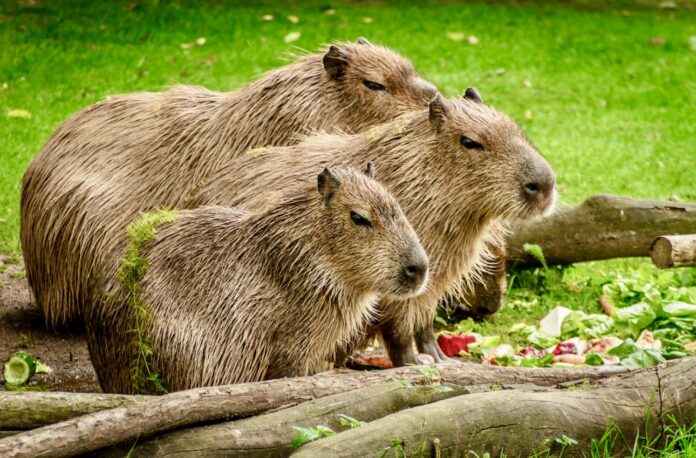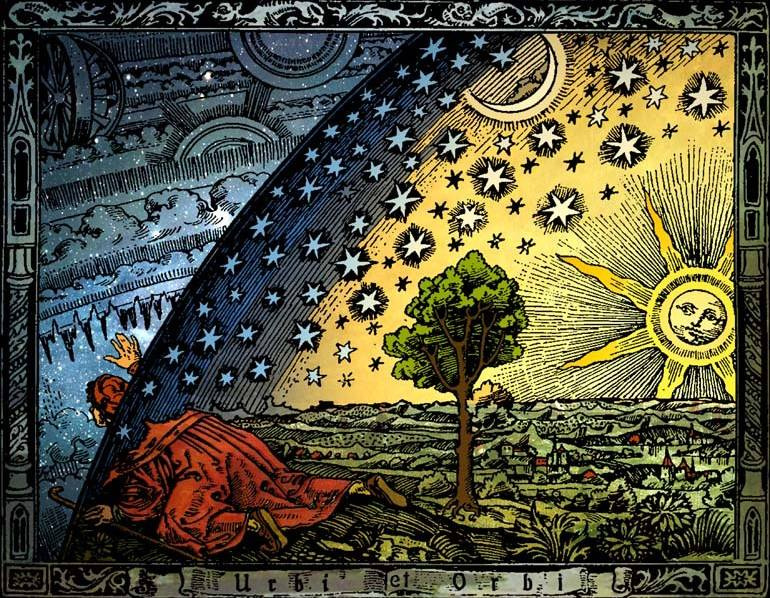Benvenuti su Fairness Magazine, dove ci impegniamo a promuovere la protezione ambientale e la conservazione delle specie animali protette. Oggi, per questo motivo, esploreremo il meraviglioso mondo del Capibara (Hydrochoerus hydrochaeris), il più grande roditore del mondo. Ultimamente (diciamo per l’ultimo anno), un roditore dalla faccia carina è diventato virale sul web, soprattutto su TikTok, visto vivere felicemente una vita spensierata con i suoi amici (chi può dimenticare il video del Capibara comodamente disteso sul coccodrillo…). La musica che accompagna questo animale curioso è un orecchiabile jingle del suo nome ripetuto in modo divertente (Ca Py Bara… Ca Py Bara…). Quindi, cari amici, giovani e meno giovani, oggi analizzeremo dove vivono, il loro habitat, le abitudini alimentari, lo stato di conservazione e le restrizioni legali riguardanti la loro proprietà come animali domestici (vietata in Italia).

Habitat
Il Capibara è originario del Sud America ed è diffuso in molti paesi di questa regione, tra cui Brasile, Venezuela, Colombia, Argentina, Guyana e molti altri. Questi animali sono strettamente associati agli ambienti acquatici e vengono spesso avvistati in zone paludose, savane e foreste tropicali. Sai che i Capibara trascorrono gran parte della loro vita vicino all’acqua? Infatti, sono eccellenti nuotatori e si tuffano per sfuggire ai predatori o cercare cibo.
Abitudini e comportamento
I Capibara sono animali sociali e vivono in gruppi chiamati “bande” o “greggi”. Questi gruppi sono tipicamente composti da 10-30 individui, con una struttura gerarchica ben definita. Questa socievolezza è importante per la loro sopravvivenza in quanto si aiutano reciprocamente nella ricerca del cibo e nella protezione dai predatori. Inoltre, sono animali diurni, attivi durante il giorno, e trascorrono molto tempo a nuotare o prendere il sole per regolare la temperatura corporea.
Alimentazione
I Capibara sono erbivori e si nutrono principalmente di erbe, piante acquatiche e vegetazione vicino alle rive dei fiumi e dei laghi. Questa dieta ricca di fibre richiede loro di consumare grandi quantità di cibo ogni giorno. Le loro abitudini alimentari hanno un impatto positivo sull’ecosistema, poiché contribuiscono a controllare la crescita delle piante acquatiche e a mantenere l’equilibrio dell’habitat acquatico.
Stato di conservazione e protezione
I Capibara attualmente non sono classificati come specie in via di estinzione, ma sono protetti da leggi locali e nazionali in molti paesi dove sono presenti. Queste leggi proibiscono la caccia e il commercio illegale di Capibara e regolamentano la loro gestione sostenibile. È importante mantenere queste misure protettive per garantire la sopravvivenza di questa specie e il mantenimento dell’equilibrio negli ecosistemi d’acqua dolce.
Ig – @fairness_mag




